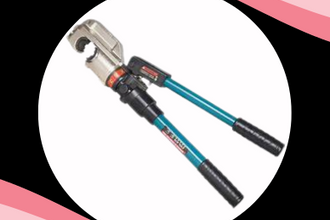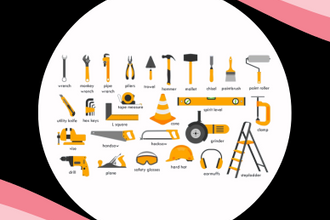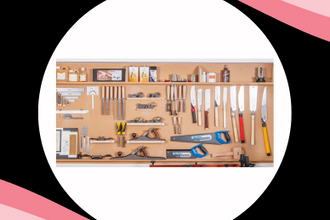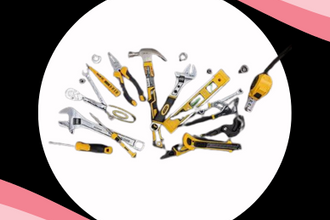A piston compressor is the workhorse behind many air-powered systems. Found in home garages, repair shops, and large industrial plants, it supplies the compressed air used to run tools, inflate tires, and support refrigeration and production equipment. What makes this design so common, and which type fits your needs? In the sections below, we’ll explain how piston compressors work and how to pick the right one clearly and simply.

What is a Piston Compressor?
A piston compressor, also known as a reciprocating piston air compressor, is a type of positive displacement machine. It works by using one or more pistons that move inside a cylinder to compress air. The compressed air is then stored in a tank and used to power tools, machines, or systems.
Piston Compressor Parts
A piston-type air compressor has several important parts that work together:
-
Cylinder – where the piston moves up and down.
-
Piston – the moving part that compresses air.
-
Piston rings – small rings that seal the piston and prevent leakage.
-
Crankshaft – rotates and moves the piston up and down.
-
Connecting rod – links the piston to the crankshaft.
-
Inlet valve – lets air in.
-
Outlet valve – pushes compressed air out.
-
Cooling system – prevents overheating.
-
Storage tank – holds the compressed air.
Each part has a job, and together they make the compressor efficient and reliable.
How Does a Piston Compressor Work?
A piston compressor works in a simple cycle:
-
Intake stroke: The piston moves downward, drawing air into the cylinder through the inlet valve.
-
Compression stroke: The piston moves upward, compressing the air and raising its pressure.
-
Discharge stroke: The high-pressure air is forced out through the outlet valve and stored in the tank.
This cycle repeats rapidly, delivering a continuous flow of compressed air. A single-piston air compressor performs this process with one piston, while a double-piston compressor uses two pistons, providing greater output and efficiency.
How to Use a Piston Compressor
Using a piston compressor is simple once you know the basics. Follow these simple steps to run your compressor the right way:
-
Check the setup – Place the compressor on a flat surface and make sure all connections are secure.
-
Power it up – Plug it in or start the engine, depending on the model.
-
Set the pressure – Adjust the regulator to the air pressure your tool or task requires.
-
Connect your tool – Attach the air hose and connect your air-powered tool to the outlet.
-
Start working – Turn on the compressor and let the tank build pressure, then use your tool as needed.
-
After use – Turn off the compressor, release any remaining air from the hose, and drain moisture from the tank.
With the right care and regular maintenance, a piston compressor can deliver reliable performance for years.
What Size Piston Ring Compressor Do I Need?
The size of a piston ring compressor should always match the diameter of the piston you’re working with. Most compressors come in adjustable designs, which makes them suitable for a wide range of pistons.
For small car engines or motorcycles, a compact single-piston ring compressor is usually enough. For larger engines, trucks, or industrial machines, you should choose a heavy-duty adjustable kit that can accommodate larger piston sizes and provide a stronger clamping force.
When buying one, always check the diameter range listed on the tool. This ensures a snug fit, smooth installation, and protection for both the piston and cylinder. Choosing the right size not only makes the job easier but also prevents costly damage during assembly.
Conclusion
A piston compressor is a dependable, versatile choice for work-from-home garages to heavy industry. It delivers high pressure and suits tools that need quick bursts of air. Rotary compressors provide quiet, continuous output, while piston compressors excel at tougher, high-pressure tasks. Choose a model based on required pressure, duty cycle, and air quality. Follow a simple maintenance routine—check oil, clean filters, and drain the tank—to keep it running well.
FAQs
Q1. What is the difference between a rotary and a piston compressor?
A rotary compressor uses rotating screws or vanes to compress air, while a piston compressor uses pistons that move up and down. Rotary models are smoother and quieter, while piston compressors are stronger for high-pressure needs.
Q2. What is a piston ring compressor kit?
It’s a tool used to compress piston rings so you can install a piston into an engine cylinder easily.
Q3. What is a reciprocating piston air compressor?
It’s a piston compressor that uses back-and-forth motion (reciprocating action) to compress air.
Q4. What is a rotary piston compressor used for?
It’s used in industries where large volumes of air are needed at steady pressure, like factories and refrigeration systems.
Q5. What is a double piston compressor?
It’s a compressor with two pistons. This design provides more power and can deliver higher air pressure than single-piston models.
Q6. What is an oil-free piston compressor?
It’s a piston compressor that doesn’t use oil for lubrication. This makes it perfect for industries like food, medicine, or electronics, where clean air is important.
Q7. Which is better, a rotary or a piston compressor?
If you need continuous, quiet operation, go for a rotary compressor. If you need high pressure at a lower cost, a piston compressor is better.
Q8. What is a single-piston air compressor best for?
It’s best for small tasks like inflating tires, powering airbrushes, or running light-duty tools.
Q9. What is a piston-type air compressor?
It’s another name for piston compressors—machines that compress air using pistons and cylinders.
Q10. How long does a piston-type compressor last?
With good maintenance, a piston compressor can last 10–15 years or even longer.






